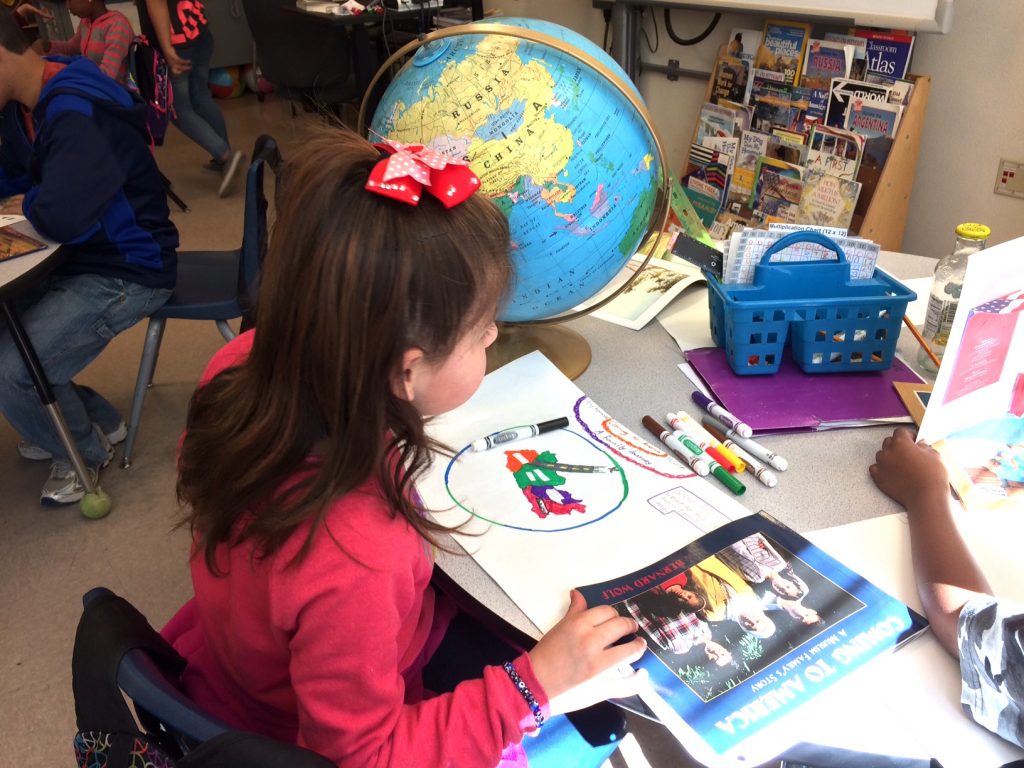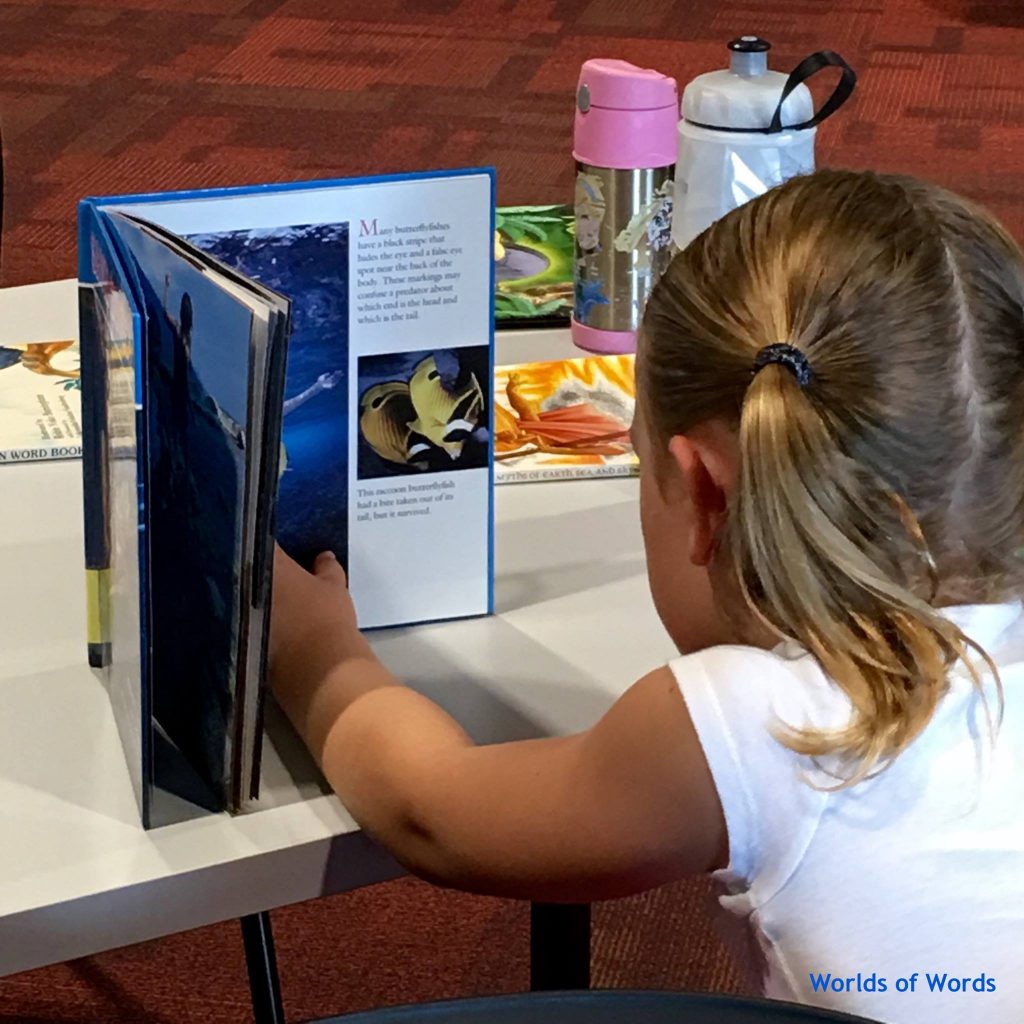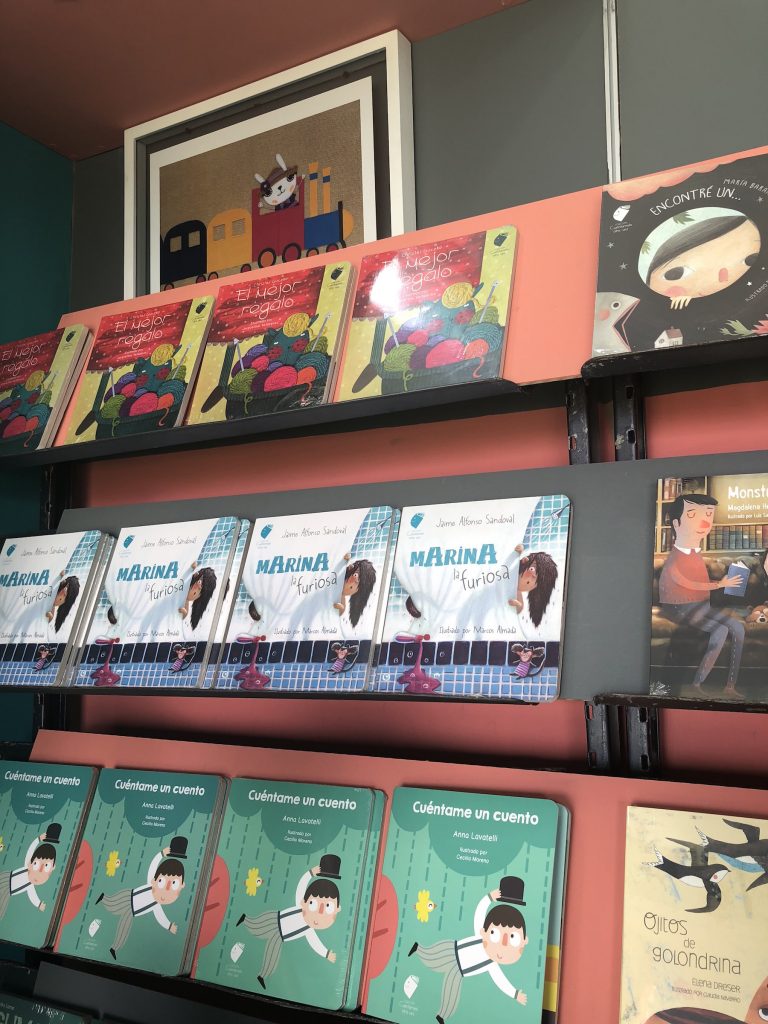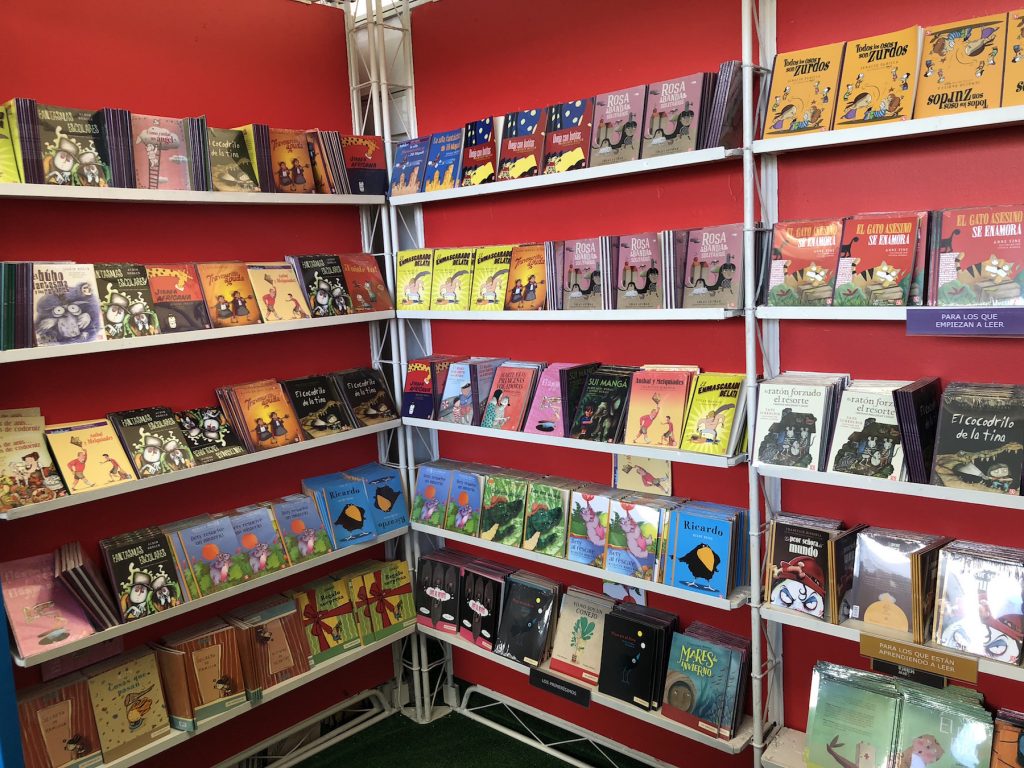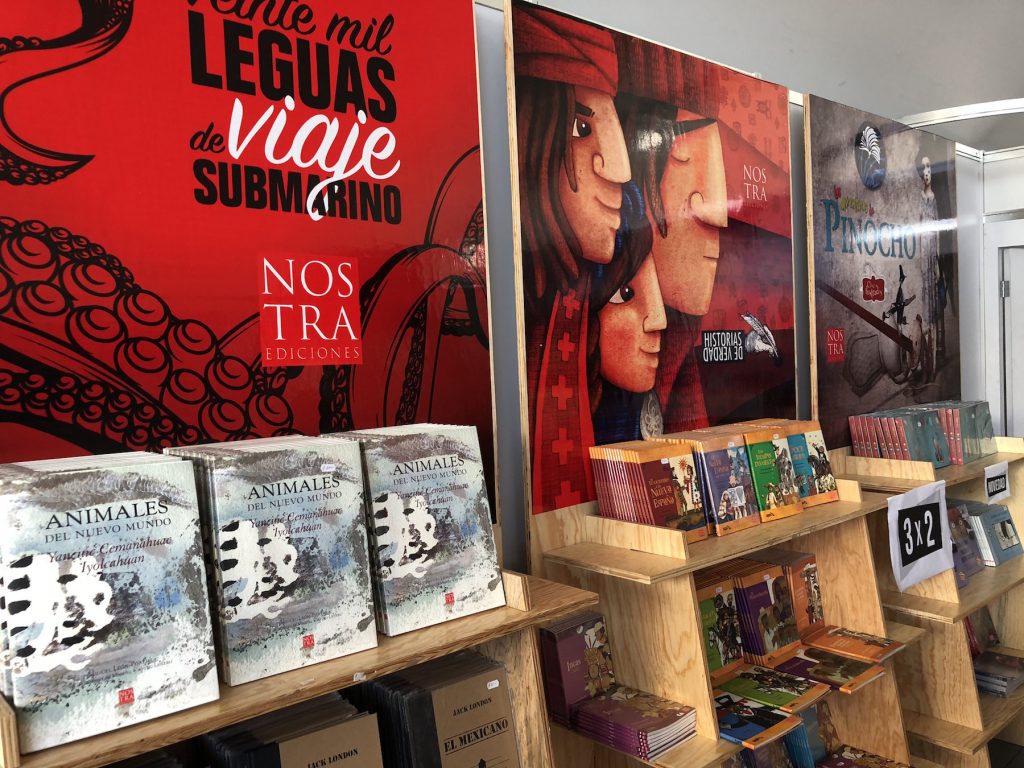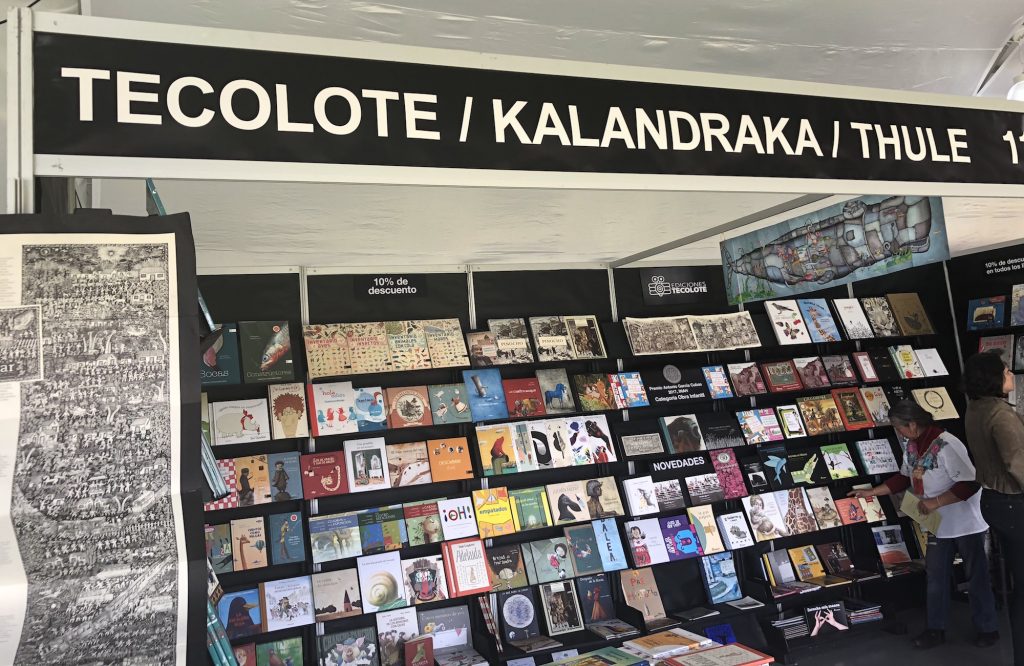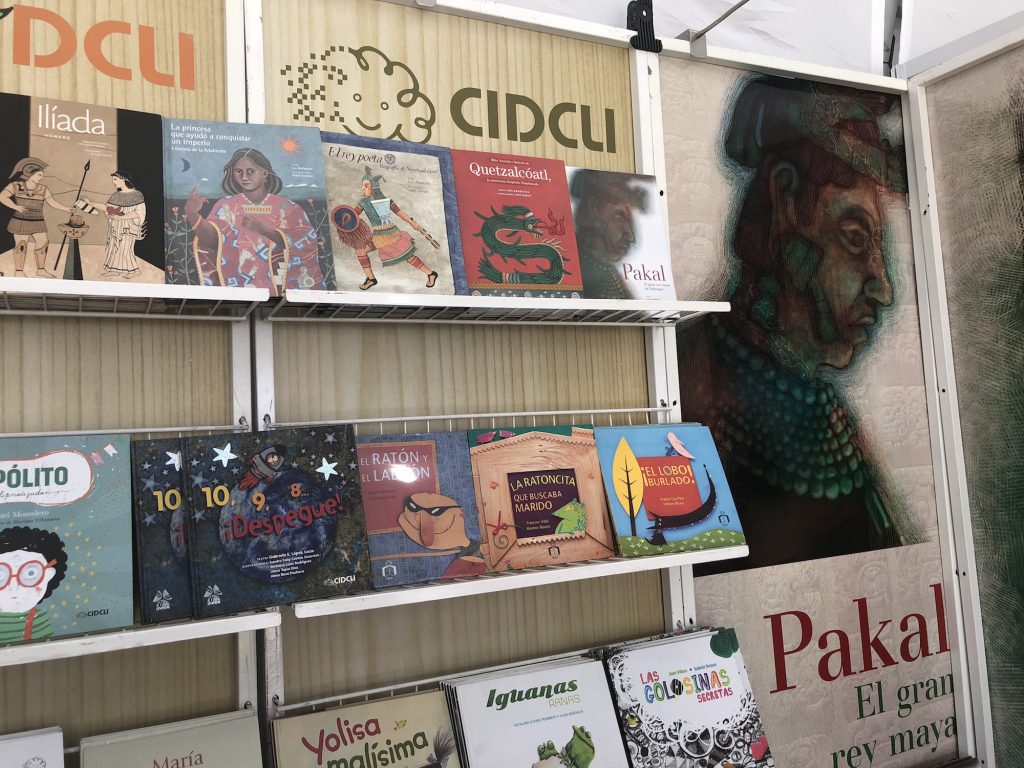By Kathy Short, The University of Arizona
The standards movement in the U.S. has placed a great deal of emphasis on Lexile levels as a means of determining the appropriateness of a book for a reader, using Lexiles to determine the complexity of a text. The assumption is that readers at each grade level band need to read books within specific Lexile levels or their reading achievement will be negatively affected. Teachers who do not challenge their students to read books within these bands are viewed as negligent in their teaching of reading and as handicapping students. These assumptions can be challenged from many perspectives, including the lack of research to support this position (Allington, McCuiston, & Billen, 2015). Other issues emerge with a close examination of the actual Lexile levels of exemplar texts and global literature.


